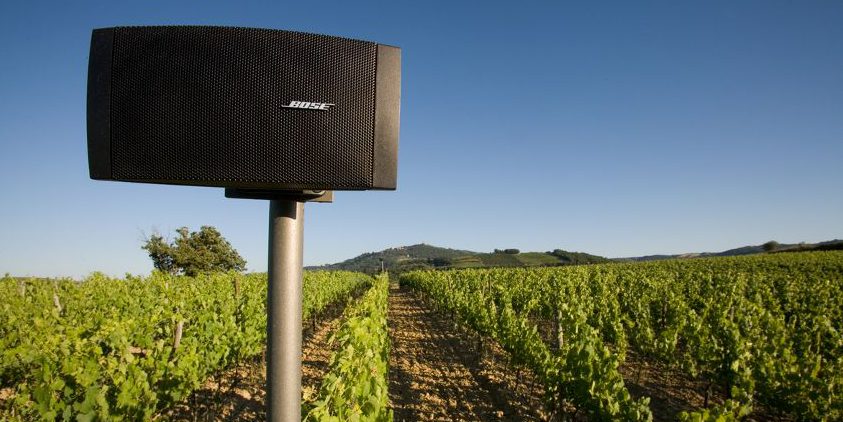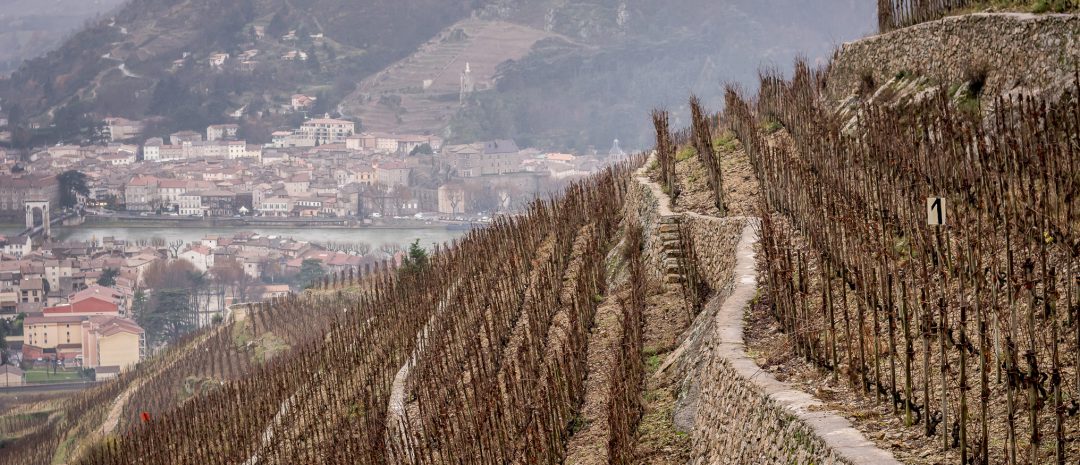Photo credit: Il Paradiso de Frassina
I am not a sceptic. When people tell me things, my first instinct is to believe them. I like magic tricks, and fairy tales. And I plan to use all of my wiles to keep my kids believing in Santa Claus, the Tooth Fairy and the Easter Bunny as long as I possibly can (likely until some annoying child at school whose parents ‘didn’t want to lie’ ruin it for them).
Call me naive, or gullable, I don’t really care. In my experience, you enjoy life a lot more if you suspend your disbelief from time to time. After all, if you look back over the course of history, you would be hard pressed to find a cynic behind the important advancements our society has known. Rather, it is those that dare to ‘have a dream’, and potentially fail, that bring about change.
That is why I am always intrigued when I happen across a wine producer that has a unique story to tell about their vineyard or cellar practices. At a recent Brunello di Montalcino tasting in Montréal, I happened on such a tale.
At the foot of the Montosoli hill, in the Montalcino vineyards of Italy, lies a beautifully renovated 1000 year-old farmstead and a small holding of 4 hectares of vines. A walk through the vineyards reveals a most unusual site. Installed at regular intervals throughout the rows are Bose loudspeakers, playing Mozart to the grapes.
The estate is called Il Paradiso di Frassina, and is the brainchild of Montalcino maverick Giancarlo Cignozzi, renowned for his founding role in the acclaimed Tenuta Carpazo. In 2000, Cignozzi decided to leave Carpazo, yearning for a smaller operation, where he could craft artisan wines.
The vineyard, abandoned for some 50 years, was planted from scratch, and the tender, young vines were nurtured…with music. Originally, this consisted of a few acoustic speakers and a wide variety of classical and barroque styles. Within a short period, Cignozzi and his team discovered that the vines exposed to music were hardier, more disease resistant and ripened more consistently.
This discovery drew interest from the scientific community, with two universties, those of Florence and of Pisa, deciding to actively study the phenomenon. In Florence, the research is focused on the biophysical changes in the vines. In 2008, they asked Cignozzi to play only Mozart, to ‘give a single, geometric, and subtle textural tone to the musical harmonies’ to better determine how the sound waves benefit the vines. In Pisa, the study is focused on the insect population of the vineyards, and how it has changed under the musical influence.
The extraordinary developments at Il Paradiso di Frassina so impressed American technology company Bose, that they donated custom, all-weather speakers for the entire vineyard.
The results? According to Il Paradiso di Frassina’s patent, the size and thickness of the leaf has been found to be increased, along with the level of chlorophyll (essential to plant photosynthesis). The need for copper and sulphur sprays (to ward off fungal infections) has decreased by 50%. Leaf respiration is improved, making them less resistant to climatic stress. The grapes have higher levels of anthocyanins and polyphenols (resulting in deeper colour and more robust tannins). And finally, the grapes are ripening more consistently and efficiently, allowing for earlier harvest dates, before the risk of autumn rains sets in.
And the wines?
Il Paradiso di Frassina Rosso di Montalcino 2015 – 88pts. PW
Very fresh and lively, with vibrant red currant, spice and earthy aromatics. Medium bodied, firm and moderately concentrated on the palate, with fleshy tannins and a clean finish.
Where to buy: Inquire with agent: Les Importations Olea Inc. www.olea.ca
Il Paradiso di Frassina Brunello di Montalcino 2011 – 92pts LW
Complex aromas of ripe red cherry, talc and fresh, forest floor nuances are underscored by attractive minerality and subtle animal notes. Bright acidity gives way to a firm, dense mid-palate, with pretty floral and cherry flavours. The tannins are robust, but fine grained, and the oak imprint is subtle. The finish is persistent and savoury. Needs time.
Where to buy: 55.50$ (SAQ)
Flauto Magico Brunello di Montalcino Riserva 2011 – 93pts LW
Wonderfully suave, harmonious red. Intense aromas of red currant, red cherry and balsamic feature on the nose. Upon aeration, a lovely earthiness develops, with sweet talc notes and stony mineral nuances. Full-bodied and firm, yet velvetty in texture with a rich profile of fresh fruit flavours and a long finish, framed by robust, grainy tannins and woody tones from long ageing in cask.
Where to buy: Inquire with agent: Les Importations Olea Inc. www.olea.ca
(What do VW, PW and LW mean? Click on my wine scoring system to find out).


